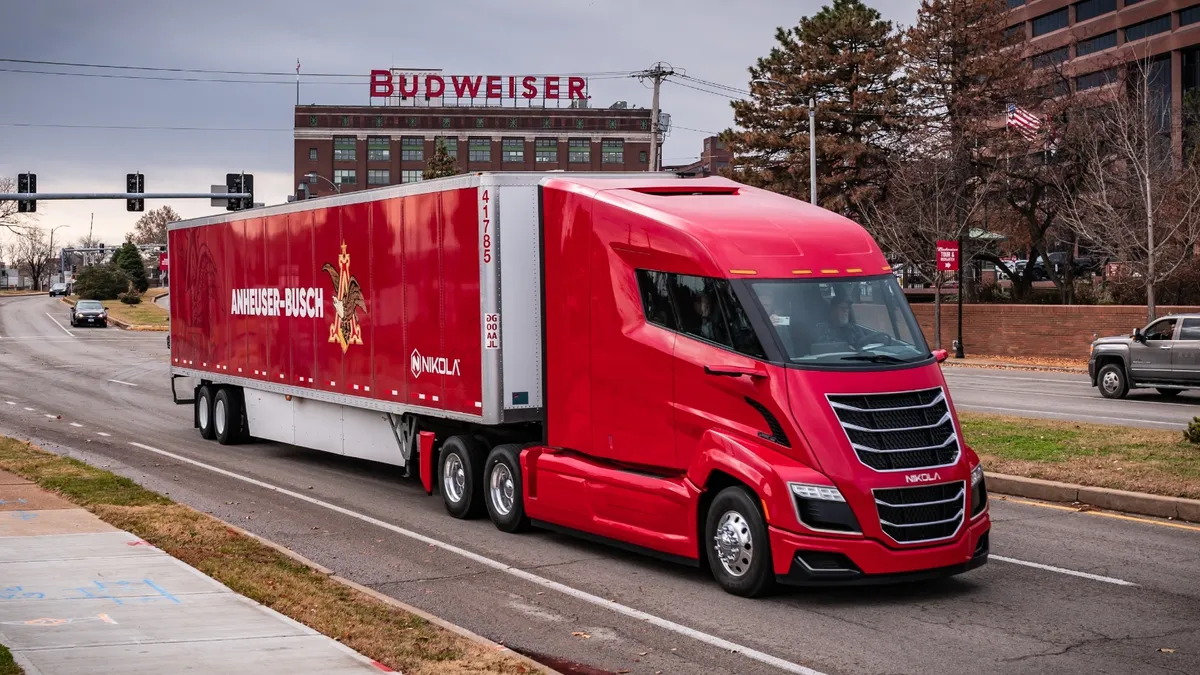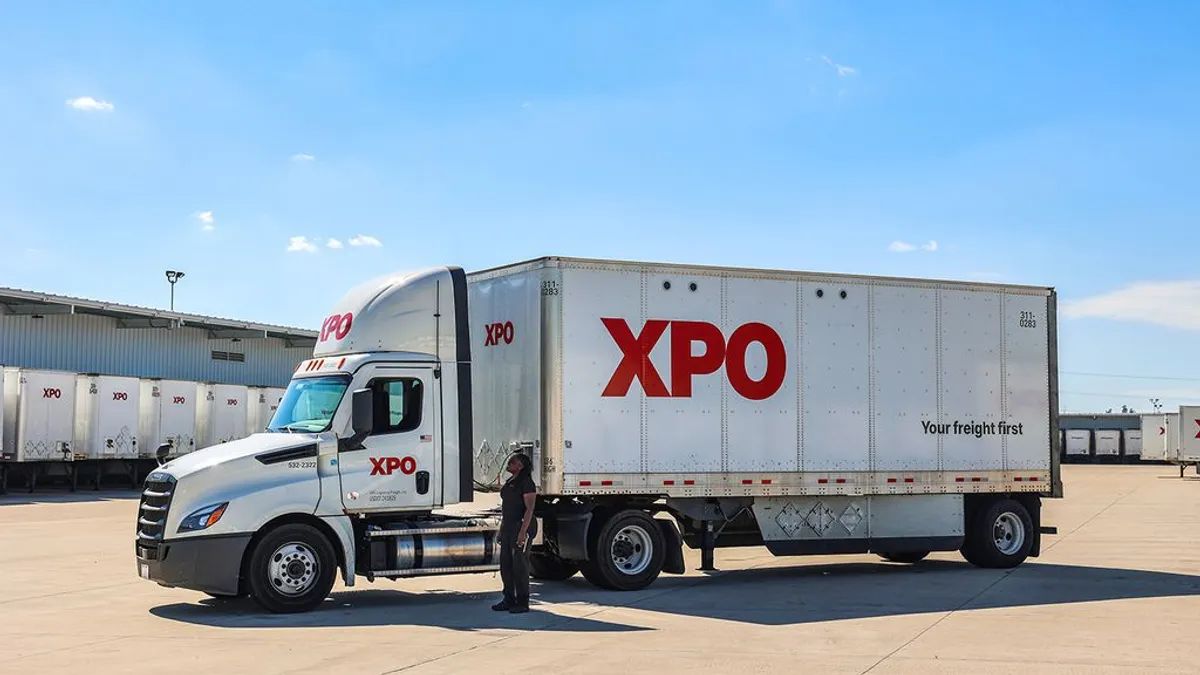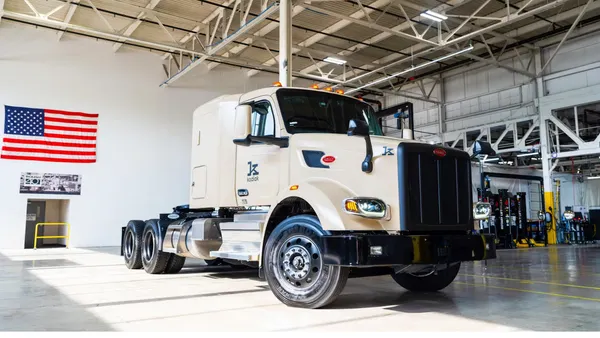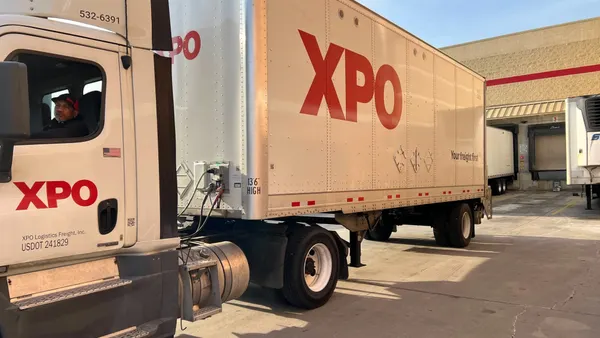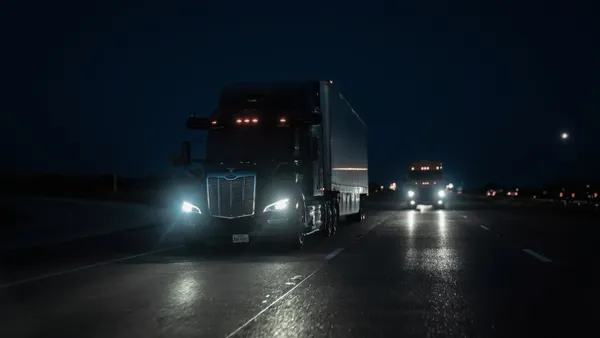The following is an opinion article written by Nina Jovanovic, a product strategist at freight marketplace FleetOps. Opinions are the author’s own.
Every day in America, there are trucks crisscrossing the country, delivering products that keep our country moving. These trucks combined carry billions of tons of freight and comprise an industry that contributes approximately $800 billion to the U.S. economy each year.
Despite these positive impacts, the environmental footprint of the trucking industry is substantial. Commercial transportation is responsible for 27% of the annual greenhouse gas in the U.S., according to the EPA, and emissions from freight transport stand to surpass those from passenger vehicles by 2050.
While there is huge potential in alternative fuels and electric vehicles, adoption has been slow. Despite the estimated $22 billion value of the electric truck market, in 2021 only 2% of all truck sales in the U.S. were electric. Consumer and industry adoption of electric trucks are limited largely by technology and infrastructure constraints such as the lack of charging capabilities across the country. It’s unlikely we will see a fully autonomous and electric trucking industry until at least 2040.
For now, the best opportunity to immediately reduce emissions in trucking is to focus on eliminating empty miles — commonly known as 'deadheading' within the industry. Deadhead miles are accumulated when a truck is driven without a load. Most commonly this happens when drivers need to return to their point of origin or carriers decide to send a truck empty rather than accept a cheap load.
Thirty-five percent of trucks travel empty in the U.S., accounting for 61 billion empty miles and 87 million metric tons of unnecessary annual emissions. And according to the National Private Truck Council, 28% of a private fleet’s miles qualify as deadhead.
Deadheading negatively impacts drivers, trucks and roads. It wastes the driver's valuable time and adds to fuel costs, which are already one of the most significant expenses for fleets. This is especially relevant as rising diesel costs continue to strain truckers and shipping operations from coast to coast. The additional wear and tear can shorten the lifespan of a vehicle or force components to be replaced more often, causing vehicles to be less reliable.
One way to reduce deadheading and help mitigate the environmental impact of trucking is to improve routing, which can lead to greater operational efficiency, sustainability, and lower fuel costs. For example, equipping even roughly 9% of the 4 million Class 8 trucks on the road in the U.S. with ELD data, to optimize load and scheduling, would help reduce emissions by eliminating empty miles.
Carriers can have an immediate impact on helping to reduce the industry’s carbon footprint, while also improving their quality of life, doing less damage to the roads and saving money — well before 2040.


